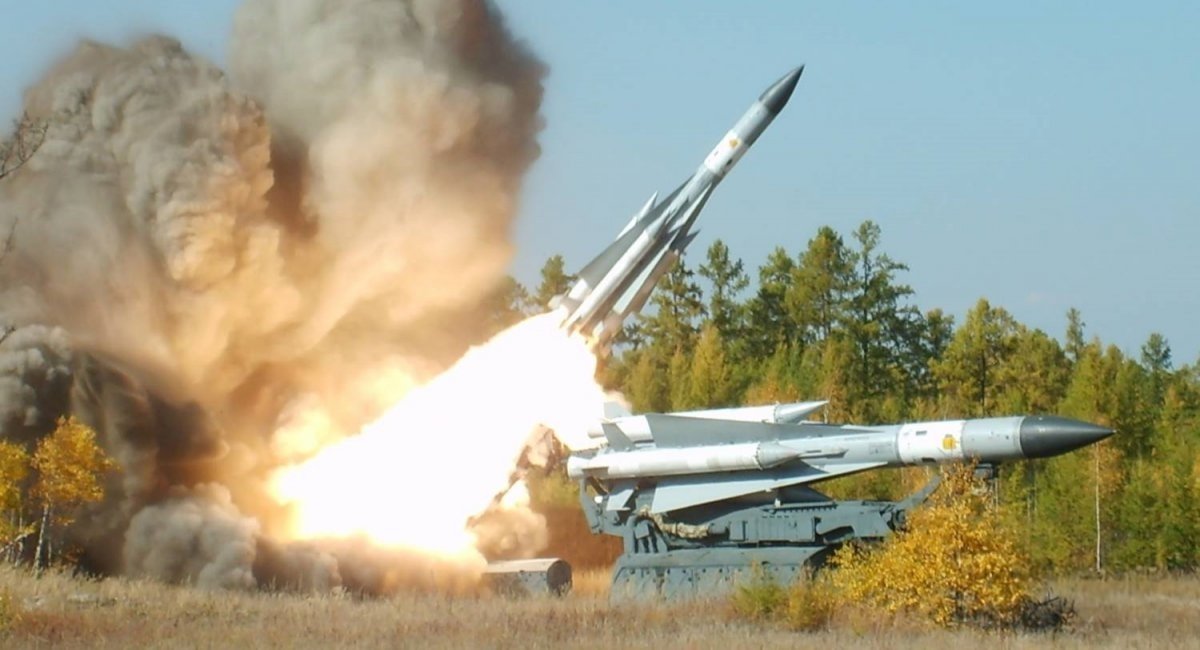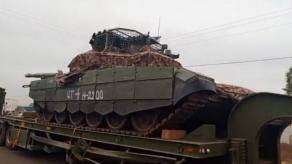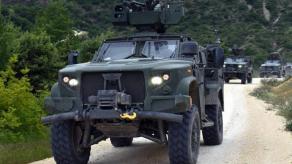After the missile strike on the Crimean Bridge on July 9th, russian military bloggers started suggesting that the weapon used for the attack was a 5V28 surface-to-air missile that is used by S-200 air defense systems. Even the official report to russian General Staff Chief Gerasimov published earlier today claims that Ukraine had carried out several attacks involving these missiles.
On the surface, it looks reasonable that a long-range air defense system could just fire a missile along a ballistic trajectory, aiming at russian military objects in the rear. Especially since the S-200M Vega-M version of this system has a declared range of 240 km against air targets; while the S-200D Dubna which was developed yet never commissioned to the army, could reach even further, up to 300 km.
Read more: Commander of russian Army Reappears in Public, Stating Ukraine Struck With Remodeled S-200 Missiles
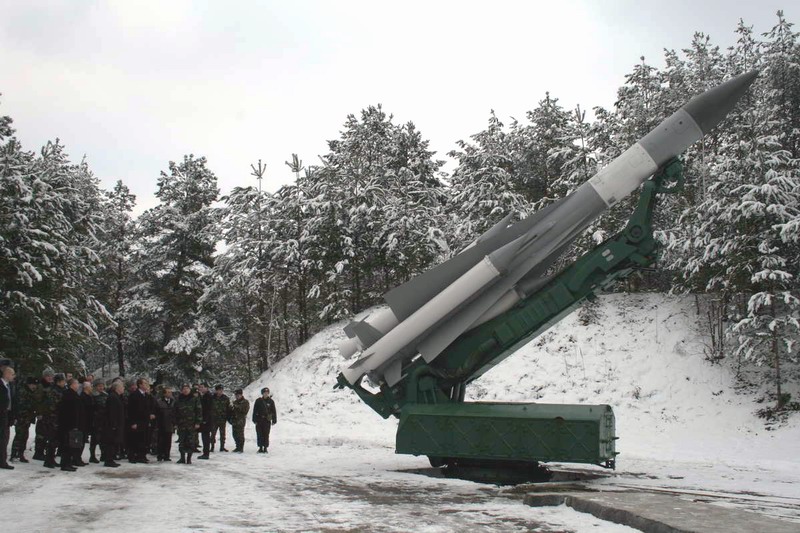
After all, it works this way with S-300 and S-400 systems, so why not try the same with S-200? But the idea is only good in theory, in practice, there are following issues to consider.
First, the guidance of the 5V28 missile of the S-200 system is semi-automatic, i.e. the air target needs to be designated by radar from the ground, this role was performed by the bulky 5N62. In order to be capable of targeting an object 200 km away, it had an antenna with a total area of approximately 25 square meters (270 sq. feet). That's why its only purpose and capability was to find and lock on strategic bombers flying at high altitudes.

Consequently, an attack on a ground target is only possible within the range of radar visibility – around 40 km from the station. It is effectively not possible for the S-200, a stationary air defense system as it is. Furthermore, in 1982 there was a series of tests carried out at the Sary Shagan testing range, in the end, missiles fired that way proved to be ineffective because radar signature targets against the ground was too inconspicuous for the missile's guidance system.
On a side note, the surface-to-air missiles fired by S-300/S-400 systems use another type of missile guidance – command guidance – that enables launching and controlling the missile along a ballistic trajectory. It means, in order to add the same capability to the 5V28 missile of S-200, it needs a radical re-equipment.
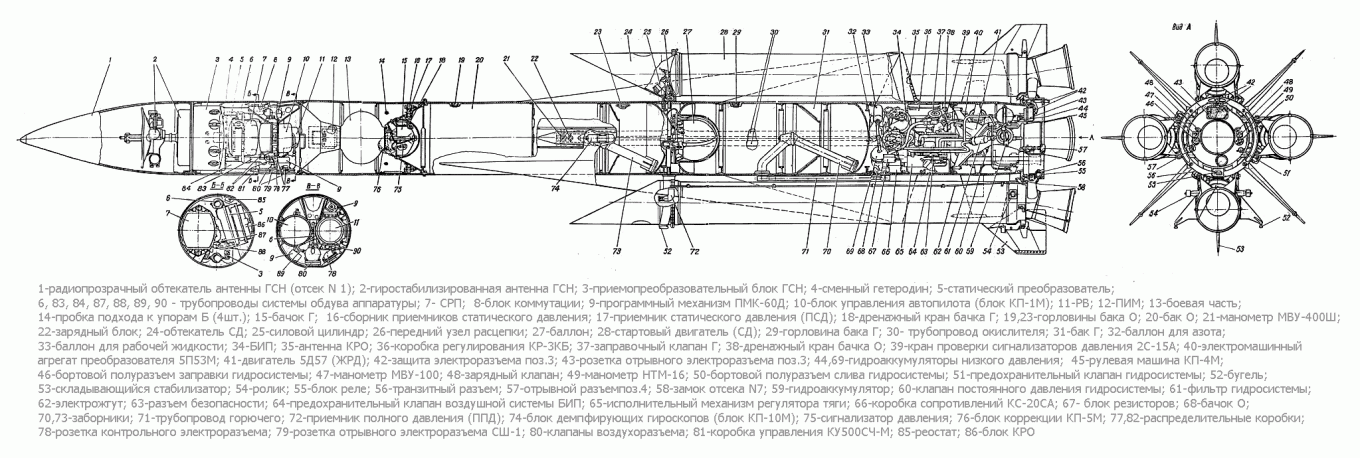
Second issue is the 5V28's rocket propulsion system, quite complex in application and based on liquid fuel. The 5D12 engine installed on this missile consumes Tonka and AK27 red fuming nitric acids. Both components are toxic and require a proper storage and fueling system. For understanding, all operations with the fuels were performed by personnel in NBC suits.
Also, due to the big size and other design characteristics, the S-200 system was created in the 1960s only in a stationary version. A deployment site requires complex engineering with structures that allow moving the launchers around by rail system.

Third, despite its dimensions – 10,8 meters (35 feet) in length and 7.1 tons of weight, – it has a rather small warhead of 220 kg, of which only 90 kg is explosive, the rest is occupied by premade fragmentation pieces – after all, it's an anti-aircraft missile.
All things considered, if one wants to remake an S-200 missile into a ballistic ground attack missile, one needs to: replace the guidance system, equip it with a new warhead, and develop a mobile launcher. Even then, there is still the unresolved problem with the engine because it might be possible to preserve the "Samin" plus "Mélange" mixture but it raises the question of how to fuel this missile, especially out in the field.
Read more: Ukraine's Own Missile of Over 1,000 km Range: Perspectives, Prospects, Technological Basis and What It Will Be Able to Achieve




